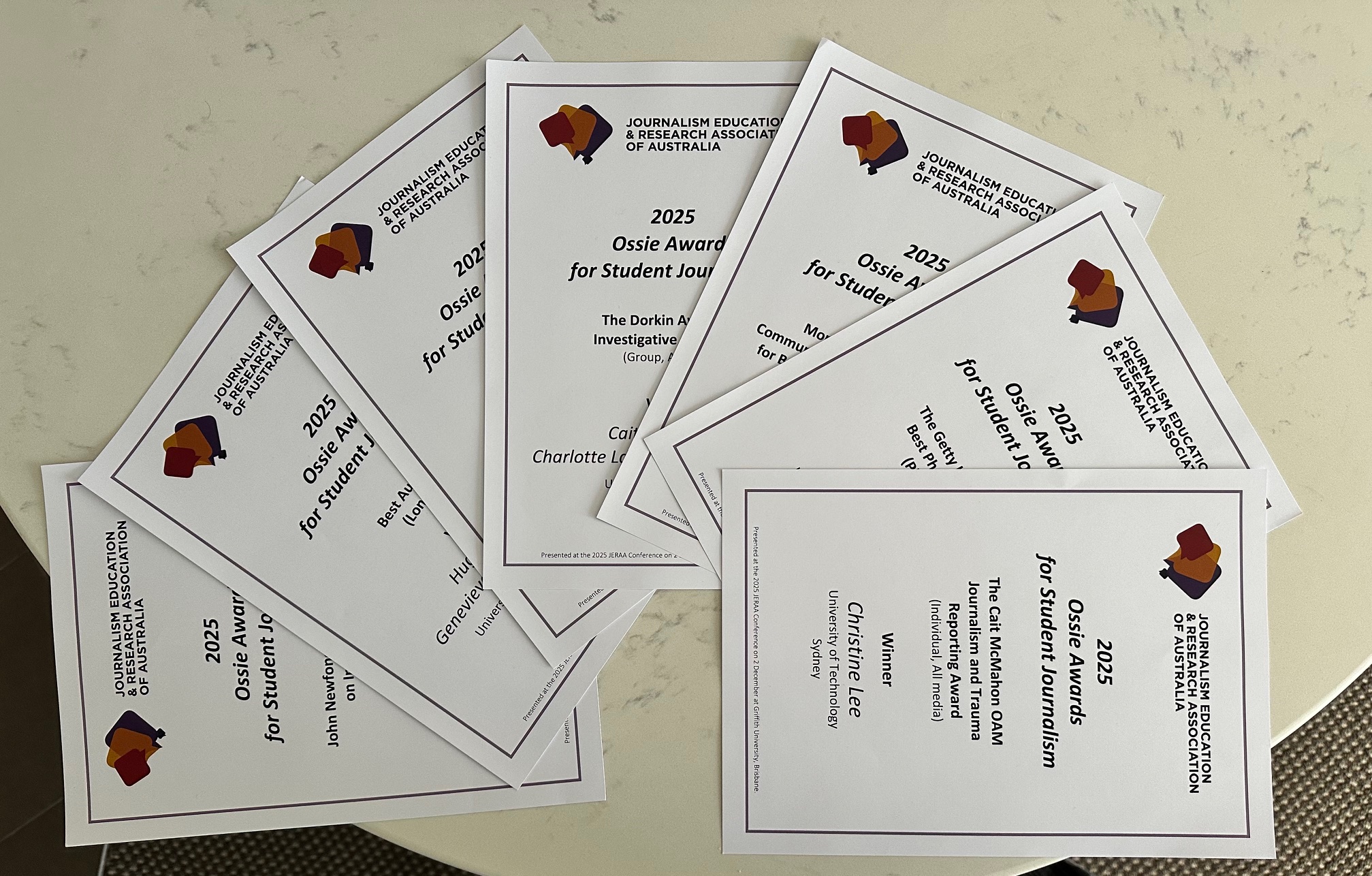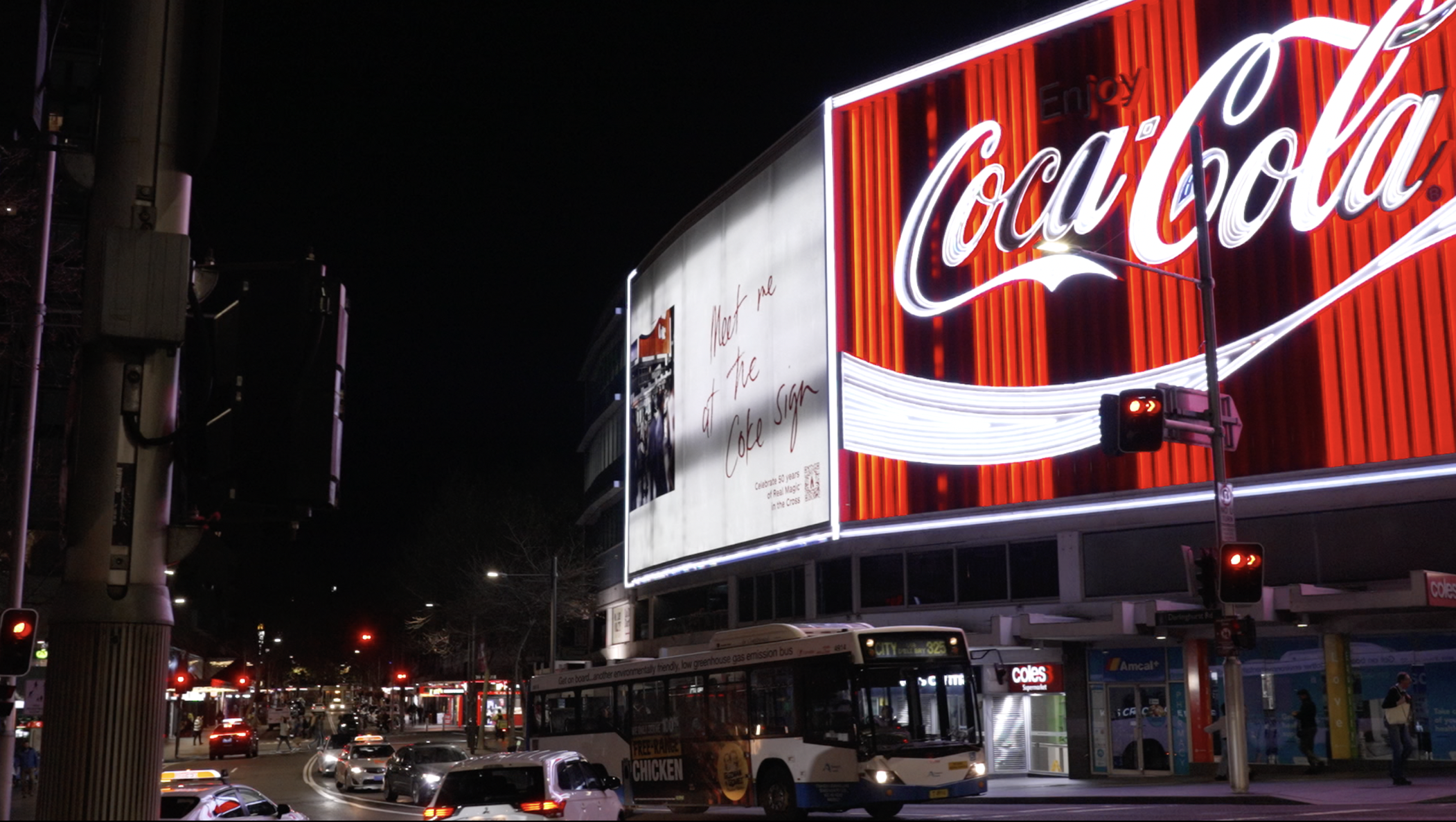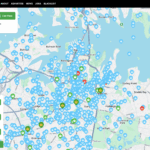Seattle | The sport that doesn’t take itself too seriously, yet has taken the world by storm, pickleball began as a happy accident, but is increasingly finding itself mired in politics with even tennis great Novak Djokovic wading into the debate.
Born on Bainbridge Island, a scenic spot off the coast of Seattle, the fastest-growing sport in the US for the past three years is the epitome of the region’s hardy and pragmatic nature.
One of the wettest cities on earth, its people are known for their perseverance in all weather, and pickleball is no exception, having been brought to life when locals Joel Pritchard, Bill Bell, and Barney McCallum needed a way to entertain their kids in the rain.
The story goes they couldn’t find enough equipment for badminton, so improvised with a perforated plastic ball, wooden paddles, and a lowered net. The result was pickleball: a fast-paced, tennis alternative sport that has quickly caught on, spreading across the country and around the world. As of 2024, there were an estimated 48.3 million players in the United States alone — a growth rate of 223.5 per cent over the past five years, according to the Pickleheads blog.
But with its incredible popularity it seems everyone wants a piece of pickleball, and besides parks, pickleball is taking over public land around the US, and in particular infringing on tennis’s turf.
“Some days you wake up,” says Connor Pardoe, founder of the PPA Tour, “and it all feels like a land grab.”
Pickleball is changing cities. Around the country, pickleballers are taking old tennis courts and revamping them. In New York’s Greenwich Village, there’s a petition to get rid of some pickleball courts.
Signers of the petition argue pickleball courts are taking away children’s free space.
“The support of these organisations shows that accessible, open playground spaces to run and play freely are crucial to the well-being of kids,” says Ken Blacklow, a Greenwich Village dad.
They’re gonna convert all the tennis clubs into paddle and pickleball. Because it’s more economical.
It’s even captured the attention of some of the world’s leading tennis professionals.
“On a club level, tennis is endangered,” Novak Djokovic said recently. “If we don’t do something about it, globally or collectively, paddle, pickleball in the States, they’re gonna convert all the tennis clubs into paddle and pickleball. Because it’s more economical.”
In Seattle, tensions are heating up in public parks.
“Seattle Parks and Recreation (SPR), with the apparent (though perhaps ill-informed) support of the Mayor’s Office, has reaffirmed its decision to prohibit evening pickleball play on just two of the 10 unused lighted tennis courts at Lower Woodland Park this winter,” says Pete Seitel, organiser of the Green Lake Pickleball courts for open play.
“SPR’s stance remains firm: ‘… there will not be any pickleball allowed at these courts ever again.’
“I plan to continue my efforts to break the mysterious hold that the tennis community has over SPR when it comes to their management of Lower Woodland Park courts.”
ln 2022, pickleball became the official state sport of Washington state and there is now a campaign to get it into the Olympics. To make that happen it must be practiced in at least 75 countries by men across four continents and by women in at least 40 countries across three continents, per the Charter.”
The community around pickleball is strong, but recent controversies about pickleball taking over public spaces, especially those for tennis and kids play has made it harder to create a unified sport.
On top of that, pickleball’s administration has been accused of being dominated by the elite, potentially erasing the voices of the original players of the sport- the average 9-5er.

Pickleball courts alongside tennis courts in Florida. Photo: Wikimedia.
The name ‘pickleball’ (depending on who you ask!) comes from either a reference to a pickle boat crew (a mix of leftover oarsmen) or from the Pritchard family’s dog, Pickles, who would chase the ball during the games.
In the beginning of pickleball’s popularity, it was mostly reserved for older people and children.
“It takes more patience than tennis,” says Drew Wagner, a local player from Buffalo New York.
“Most of the people playing are above 30.”
Pickleball may seem like a sport for the less competitive, with it’s low-impact nature and slow pace, but is actually more universal than it’s racket brothers like tennis.
It requires minimal equipment, can be played in most weather and doesn’t need those dusty old tennis whites. Men, women or children can play pickleball, and you can pick it up as a hobby or take it more competitively as a sport.
Singles play is for men or women while doubles is men, women, or mixed, with no age limit. In pickleball, typical scoring is either traditional (up to 11 points, win by 2) or rally scoring (points scored on every rally, typically played to 15 or 21 points), depending on the format of the match or tournament.
Wagner says the game is pretty much the same across the country.
“I played in Buffalo and it was the same as in the Seattle area,” he says.
In the wake of the pandemic, people were searching for new opportunities and community. Most importantly they were looking for a way to have fun again. And an hour game dinking around a bright neon ball with your project team seems to be the answer.
The Rules and Competition: The Dynamic Universal Pickleball Rating (DUPR) is the most typical system used to evaluate a player’s skill level. In both singles and doubles, it uses match outcomes and the strength of opponents to calculate a dynamic, real-time rating. DUPR rankings are updated based on performance in tournaments and league play, and they help determine eligibility and seeding for events.
There’s an even an app that determines ratings for DUPR, and helps to compare players.
“It’s a way for people to play more competitively,” says Wagner.
“The pros like Ben John’s are around 6.0. They play on the PPA tour.”
PPA tours and opens, similarly to tennis are a way for players to improve their DUPR ratings. These events are extremely popular, and bringing thousands to competitions all over the world.
Rising popularity
The sport has also taken the marketing world by storm. Many brands flaunt new pickleball apparel and specialised clothing lines, including Nike and more hipster brands like Bogey Boys.
Pickleball is fun. And it’s unlike some other racket sports, (tennis) it’s fun that anyone can have, regardless of prior experience. You don’t need any of the expensive lessons that sometimes tennis requires. Even so, some people are taking pickleball pretty seriously.
The controversy surrounding getting pickleball in the Olympics stems from the fact that the sport needs one governing body to represent it worldwide.
There are currently multiple international pickleball organisations, with the two most prominent being the WPF and IFP.
Millionaire Seymour Rifkind is founder of the WPF, and created the Pickleball Hall of Fame. The controversy between Rifkind, Murphy Infi, and the International Pickleball Federation (IPF) revolves around a dispute over governance and control of professional pickleball.
Rifkind and Infi have criticised the IPF’s centralised approach, arguing its strict regulations were limiting innovation and hindering the sport’s growth.
They advocated for more flexibility and autonomy in organising professional events, claiming this would allow the sport to better adapt to its expanding popularity.
The conflict underscores a broader tension between maintaining pickleball’s inclusive roots and embracing a commercial, professional future.
The irony in this situation is that millionaires — such as Rifkind and Infi, who have commercial interests in the sport — are the ones driving the debate over pickleball’s future, despite the sport’s roots in accessibility and community.
The numbers of people playing tennis aren’t equal. The growth rate is just more. That’s not to say tennis should go away.
Despite feuds between the higher ups, it seems like pickleball’s future is solid. At Green Lake in Seattle the tennis courts have been fully converted into pickleball courts.
“How many pickleball players are in the city? It’s a matter of how many people, and allocating resources,” says Seitel.
“They keep trying to pit us, together: tennis versus pickleball.
“[I’m] all for it. I feel like they get used more. It feels like there’s a bigger population of pickleballs.
“Even so, tennis programs have priority. I’m not mad about it though. It makes sense, they’ve been here longer. I’m happy to see it.”
Pickleball player Dennis M says: “That’s how it works. Our city government is supporting that in parks.
“Invented in the ’80s, [it] should be incorporated to city budget. If the city parks pay attention to what their population wants, they’ll put pickleball.
“[It’s] easy transition to play with more people — everyone and their mom is playing pickle ball.
Seitel adds: “The numbers of people playing tennis aren’t equal. The growth rate is just more. That’s not to say tennis should go away.
“Pre-COVID it’s a sport for older people. Since COVID, young people [play]. It’s gonna be an Olympic sport.”
Wagner says pickleball has taken over tennis’s spot in popular culture.
“Lowkey more people are waiting for courts for pickle ball then tennis,” he adds. “There’s always an open tennis court, but you’ll usually find people playing pickle ball in huge quantities.”
Ayisha, a Seattle pickleballer, says not everyone takes it so seriously.
“I haven’t really noticed tension,” she adds. “Maybe online, but not in person. It’s mostly the tennis people angry.
“There’s a lot of tennis courts — not that many pickleball courts.”

Seattle’s world-famous Space Needle provides the backdrop for a game of pickleball by locals. Photo: Nova Flikweert Berger.
In downtown Seattle, a popular area for tourists and locals alike, a street has even been converted into two pickleball courts.
All in all, pickleball is hot right now. Whether you’re for keeping it out of parks for kids, a salty tennis player, or want to see it reach Olympic stardom, it’s match point for the sport right now.
Main image of a converted pickleball court in Seattle. Photo: Nova Flikweert Berger




























